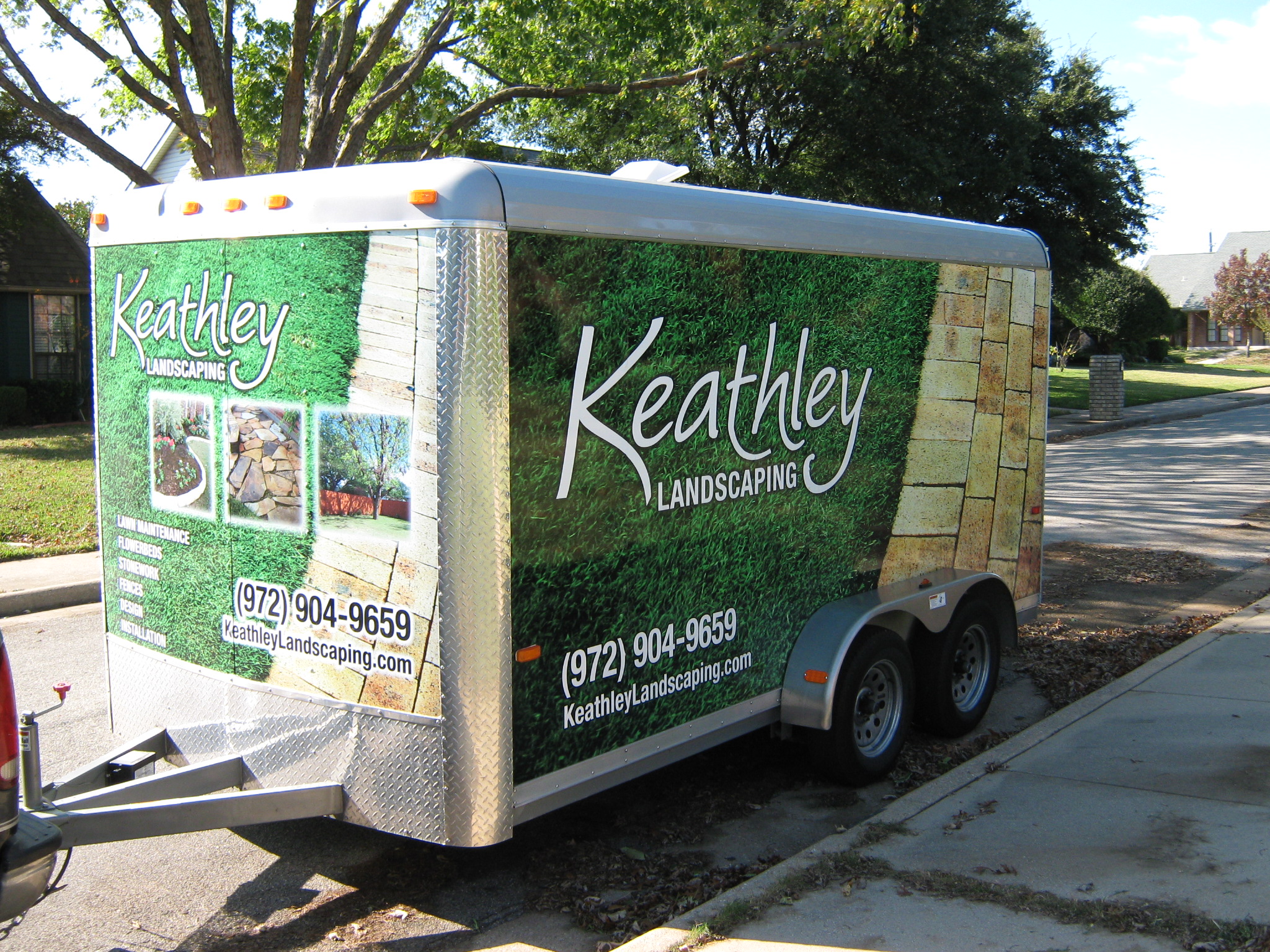Yard Drainage Solutions for Hilly Properties: Overcoming Challenges
If you’re the proud owner of a hilly property, you’ve likely experienced the beauty and uniqueness it offers. However, with its picturesque views come specific challenges, particularly when it comes to yard drainage. 🌧️ In this guide, we’ll explore practical solutions to ensure your landscape remains as stunning as ever without succumbing to water woes.
Table of Contents
1. Introduction
2. Understanding the Drainage Challenges on Hilly Properties
3. Effective Yard Drainage Solutions
4. DIY vs. Professional Installation
5. Conclusion
6. FAQs
Understanding the Drainage Challenges on Hilly Properties
Hilly properties can be a dream come true for many homeowners, but they can also present significant drainage issues. Water naturally flows downhill, which means managing runoff is crucial to prevent erosion, water pooling, and even damage to your home. 🏡 The key is to understand the natural flow of water and work with it, rather than against it.
Effective Yard Drainage Solutions
1. French Drains
French drains are a popular solution for redirecting water away from problem areas. They consist of a trench filled with gravel and a perforated pipe that collects and redirects water. This system is particularly effective on sloped terrains where water accumulation is an issue.
2. Retaining Walls
Retaining walls aren’t just aesthetically pleasing; they serve a functional purpose by holding back soil and redirecting water flow. They can be constructed from various materials, including stone and concrete, and can be tailored to fit the design of your landscape. 🧱
3. Dry Creek Beds
A dry creek bed is a natural-looking solution that mimics the appearance of a small stream. It’s a shallow trench lined with rocks and pebbles, guiding water flow across your property without causing erosion. Plus, they add a beautiful visual element to your yard! 🌿
4. Rain Gardens
Rain gardens are shallow, planted depressions designed to absorb rainwater runoff from roofs, driveways, and other impervious surfaces. They are not only functional but also enhance biodiversity by attracting birds and pollinators. 🐝
DIY vs. Professional Installation
While some yard drainage solutions can be tackled as a DIY project, others may require the expertise of a professional. French drains and dry creek beds can often be handled with some basic tools and a little elbow grease. However, for more complex installations like retaining walls or extensive grading, consulting with a landscape professional ensures the job is done right the first time.
Conclusion
Addressing drainage on a hilly property doesn’t have to be daunting. With the right solutions, you can protect your home and landscape, ensuring that your outdoor space remains both functional and beautiful. 🌟 By understanding the flow of water and implementing strategic drainage systems, you can enjoy your picturesque property worry-free.
FAQs
Q1: How do I know if my yard has drainage issues?
A: Look for signs such as water pooling, soil erosion, or damp basements. These are common indicators of poor drainage.
Q2: Can I install a French drain myself?
A: Yes, with some basic tools and guidance, many homeowners successfully install French drains as a DIY project.
Q3: How much does it cost to hire a professional for drainage solutions?
A: Costs vary based on the complexity of the project, but it’s wise to get multiple quotes to ensure a fair price.
Q4: What plants are best for a rain garden?
A: Native plants that are accustomed to wet conditions, such as ferns and sedges, work well. They thrive in rain gardens and support local wildlife.
By implementing these strategies, you’ll be well on your way to managing your hilly property’s drainage challenges effectively. Happy gardening! 🌿






































Recent Comments